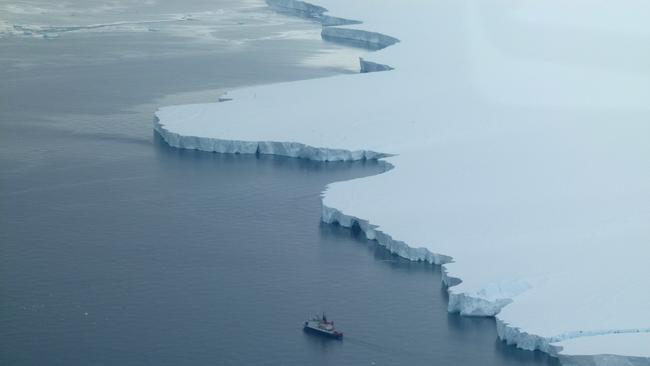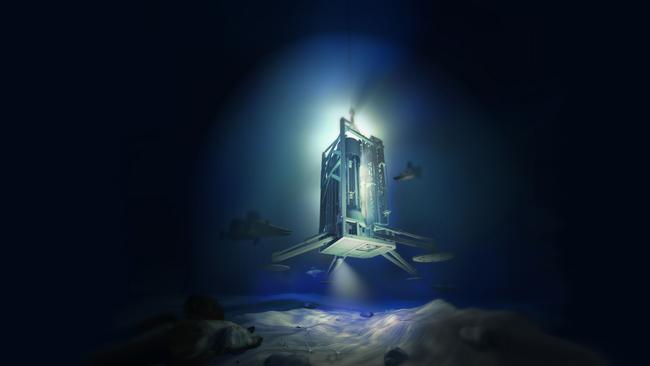University of Tasmania study lifts lid on dawn of Antarctic ice sheet
A UTAS-linked study into the birth of the Antarctic ice sheet 34 million years ago has offered new clues about why the frozen continent is melting at different rates amid global warming.

Tasmania
Don't miss out on the headlines from Tasmania. Followed categories will be added to My News.
A University of Tasmania-linked study into the birth of the Antarctic ice sheet 34 million years ago has offered new clues about why the frozen continent is melting at different rates amid global warming.
Report co-author Dr Katharina Hochmuth, from the Institute for Marine and Antarctic Studies, said the international research team combined geological seafloor samples with sophisticated modelling to debunk the assumption that the ice sheet had always covered the entire continent.
The study found that ice was confined to East Antarctica for at least seven million years before eventually spreading to a forested western region that was now experiencing accelerated levels of melting.

“Our analysis shows that during the first major phase of Antarctic glaciation it goes bananas, and a massive ice sheet grows across East Antarctica,” said Dr Hochmuth, a researcher with the ARC Australian Centre for Excellence in Antarctic Science.
“But the environmental conditions in West Antarctica were still temperate, with mean temperatures up to 10 degrees Celsius.”
Dr Hochmuth said data from sediment cores collected in West Antarctica’s Amundsen Sea was combined with existing air and water temperature statistics, ice maps, and complex climate modelling to establish a true history of Antarctica’s chilly dawn.
Before the study, questions about how, when, and where the ice sheet began remained unanswered.
Lead author and Alfred Wegener Institute geologist, Dr Johann Klages, said East Antarctica’s moist air masses and steeply rising mountains had provided the ideal conditions for the formation of permanent snow, and then ice caps.
West Antarctica, on the other hand, was still largely covered by dense broadleaf forests and had a cool-temperate climate that initially remained ice-free.
Dr Klages said that when the glaciation started, the Earth was experiencing a fundamental climate shift that still influenced global conditions today, transitioning from a greenhouse world with very little continental ice, to an icehouse world with large permanently glaciated areas.
The findings highlight how differently the two regions of the Antarctic ice sheet are reacting to external influences, including fundamental climatic change.
“Even a slight warming is enough to cause the ice in West Antarctica to melt again — and that’s exactly where we are right now,” Dr Klages said.
The study was published in the international academic journal, Science.




